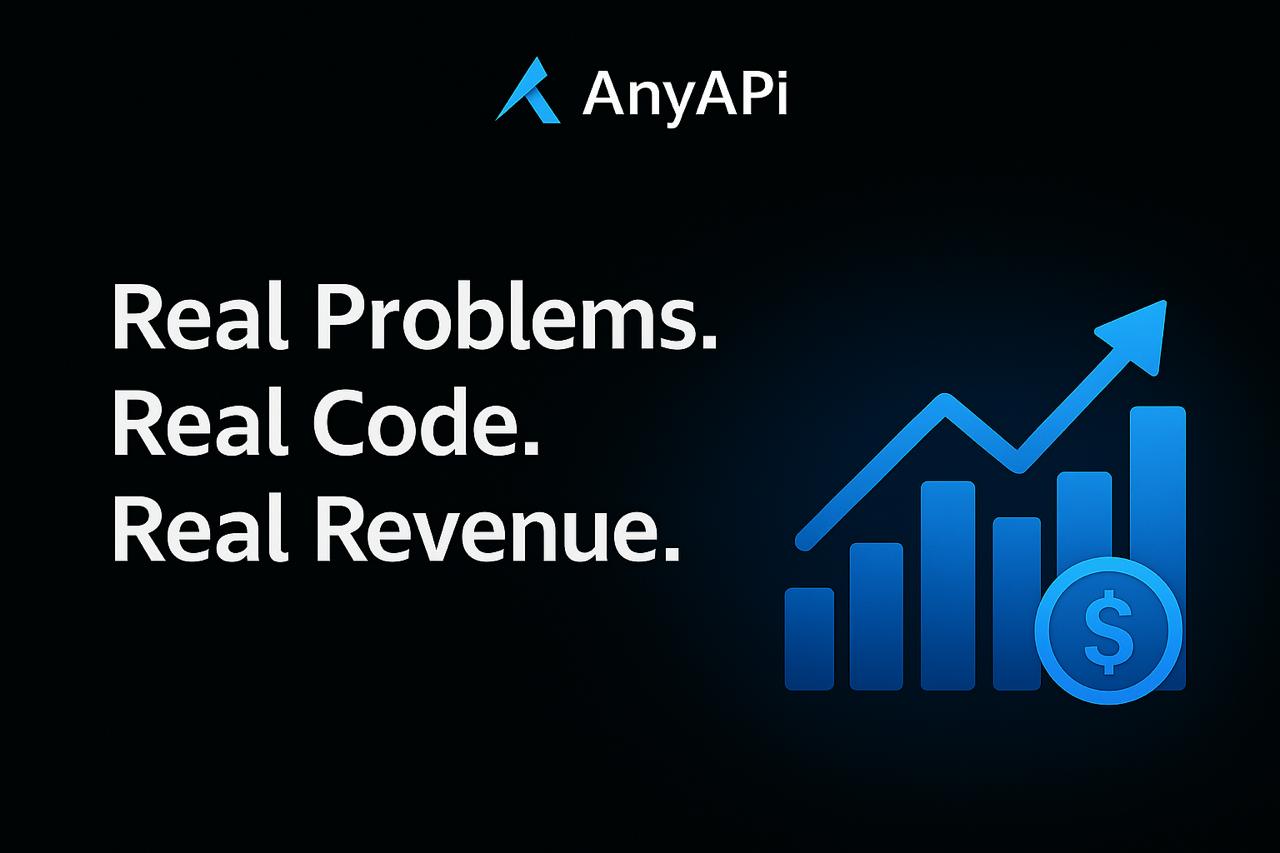20 Innovative AI Business Ideas for 2025

AI isn’t a distant moonshot anymore – it’s infrastructure. And in 2025, developers, founders, and technical teams have more tools than ever to go from zero to revenue in weeks, not years. But with all the buzz, the real challenge is focus: which problems are worth solving, and which solutions actually create value?
That’s why we’ve compiled this guide. These 20 AI business ideas aren’t just theoretical. They reflect validated pain points, technical feasibility, and strong commercial potential. Think of this as your blueprint for building something valuable with generative AI this year.
From Code to Company: Ideas That Work
Let’s ground this in reality. Each of the following concepts is designed for product-minded devs, AI engineers, and startup teams. You won’t find another AI chatbot clone here. Instead, expect verticalized tools, under-served markets, and ideas that thrive with a lean, shipping-first mindset.
1. Vertical AI Agents for Specialized Workflows
Instead of generic chatbots, vertical agents focus on high-trust domains like law, healthcare, or logistics. These agents are fine-tuned on domain-specific data and use smart retrieval layers to operate with accuracy and relevance.
Use case: A legal ops team uses an AI assistant to generate NDAs, redline vendor agreements, and summarize regulatory changes—all backed by the firm’s document templates.
2. AI-Powered Sales Copilots
Sales teams burn hours updating CRMs, crafting outreach, and qualifying leads. An AI copilot can summarize call transcripts, recommend outreach sequences, and auto-populate deal notes.
For devs, the build is clear: connect to Salesforce or HubSpot APIs, run transcript summarization, generate copy using context, and deploy with a Chrome extension or Slack bot.
3. Domain-Specific Content Tools
AI writing tools have gone horizontal, but there’s a gap in niche content production: think real estate listings, grant proposals, product spec writing. A SaaS tool here could be prompt-based, with light fine-tuning for voice.
Bonus: Add analytics to show content performance over time.
4. Autonomous Data Labeling
Data labeling is time-consuming and expensive. With a well-structured LLM agent, you can automate parts of the labeling pipeline—especially with human-in-the-loop approval.
AI startups and consulting shops would pay for this to prep fine-tuning datasets or speed up annotation-heavy projects.
5. Copilots for DevOps
Imagine a GPT-native assistant that watches your infra and config files. It could suggest Terraform changes, flag potential issues before CI/CD runs, or surface logs and metrics with a natural language query.
Pair that with Slack alerts, and you’ve built an internal hero.
6. Conversational BI for Busy Teams
Stakeholders want insights, not dashboards. This tool turns natural language into SQL queries, runs them on your warehouse (Snowflake, BigQuery), and returns visualizations + narrative summaries.
Low-friction, high-impact.
7. Compliance Automation for Regulated Teams
In insurance, finance, and healthcare, compliance documents are a full-time job. AI can flag risky language, summarize legalese, or detect missing clauses—at scale.
Your agent becomes the first line of review before human sign-off.
8. Synthetic Data for Privacy-Conscious Teams
As data privacy rules tighten, teams need ways to test workflows without touching production data. AI-generated synthetic datasets solve this.
Target audience: QA teams, analytics engineers, or legal teams under GDPR pressure.
9. Branded AI Voice Cloning
TTS tools are common, but branded voice? Still rare. Offer startups or creators a simple tool to generate consistent, high-quality voice models trained on their own data.
Use case: A media brand launches multilingual podcasts using cloned narration from their lead host.
10. Agent Marketplaces for Internal Tools
More companies are building AI agents for internal ops—but they’re hard to share. Build a marketplace layer with permissioned access, plug-and-play config, and usage-based pricing.
You’re building the "Zapier for internal AI workflows."
How to Build and Monetize Smarter in 2025
These ideas are just a starting point. The real opportunity lies in:
- Solving real workflows (not novelty demos)
- Keeping infrastructure lean and product velocity high
- Shipping fast, iterating faster
If you’re a developer or technical founder, the next big thing isn’t another foundation model—it’s a simple product that makes someone’s job easier, faster, or cheaper.
Build with Focus. Launch with Leverage.
The AI gold rush isn’t about who has the biggest model or the most GPU credits. It’s about who can identify a real need, apply the right tech, and ship a solution people use.
At AnyAPI, we help technical teams turn ideas into AI-native products – with instant API wrappers, multi-model orchestration, and built-in observability. So you can stay focused on what matters: building value.
FAQ
How do I know if an AI business idea is worth building?
Start with a landing page or a working demo. Validate demand with real users before scaling. Tools like Airtable, Webflow, or AnyAPI help you launch fast.
Do I need to fine-tune models for these ideas?
Not always. Many of these use retrieval-augmented generation (RAG), smart prompting, or model chaining. Fine-tuning is helpful but not required.
What’s the best monetization model for AI products in 2025?
Usage-based billing for agents and APIs. Subscription + seat-based pricing for B2B tools. Licensing works for IP-heavy or enterprise deployments.
Is it too late to build a new AI product?
No. But it is too late to build a generic one. Go niche, solve a clear problem, and ship something that works. The tools are ready. Are you?





